News / Blog
Unveiling the Future: How Solid State Technology is Revolutionizing Modern Electronics
The landscape of modern electronics is undergoing a transformative shift, largely driven by advancements in solid state technology. As reported by the International Solid-State Circuits Conference (ISSCC), the global market for solid state devices is projected to reach $100 billion by 2025, reflecting a substantial increase in demand for more efficient and compact electronic components. This surge is largely attributed to the rising need for reliable, high-performance devices in sectors such as consumer electronics, telecommunications, and automotive applications.
According to Dr. Emily Chen, a leading expert in solid state technology at the Semiconductor Research Corporation, "The evolution of solid state components not only enhances the performance of existing devices but also paves the way for innovative applications that were previously unimaginable." Her insights highlight the critical role solid state technology plays in developing cutting-edge solutions that improve energy efficiency and performance.
As we delve deeper into this exhilarating topic, it becomes evident that solid state technology is revolutionizing the way we conceptualize and interact with electronic devices, promising a future where efficiency meets functionality in unprecedented ways.

The Evolution of Solid State Technology in Electronics
The evolution of solid state technology has been a cornerstone in the advancement of modern electronics. Emerging from the rudimentary technologies of vacuum tubes, solid state devices harness the power of semiconductor materials to enable faster, smaller, and more energy-efficient components. As transistors became the building blocks of circuits, solid state technology experienced a remarkable transition. This shift paved the way for the miniaturization of electronic devices, leading to the proliferation of portable gadgets that define contemporary life.
Over the decades, advancements in solid state technology have driven innovations across various sectors, from consumer electronics to aerospace. The introduction of integrated circuits and advancements in materials science, including the development of gallium nitride and silicon carbide, have further enhanced performance capabilities. These developments have not only increased the efficiency of power conversion and signal processing but have also facilitated the rise of renewable energy technologies and electric vehicles, underscoring the crucial role solid state technology plays in shaping a sustainable future.
Key Advantages of Solid State Devices Over Traditional Components
Solid state technology is rapidly transforming the landscape of modern electronics, primarily due to its inherent advantages over traditional components. One of the most significant benefits is durability. Solid state devices, unlike their mechanical counterparts, do not have moving parts, which makes them less prone to wear and tear. This robustness results in longer lifespans and reduced maintenance costs, making solid state solutions ideal for a variety of applications, from consumer electronics to critical industrial systems.
Another key advantage is energy efficiency. Solid state devices typically require less power to operate, which not only reduces electricity consumption but also minimizes heat generation. This efficiency leads to improved performance and contributes to the sustainability efforts within the electronics industry. As energy demands continue to rise globally, the drive towards solid state technology will likely accelerate, ushering in a new era of innovative and environmentally friendly electronic solutions.
Innovative Applications of Solid State Technology in Consumer Electronics
The rise of solid-state technology is transforming the landscape of consumer electronics, ushering in an era of enhanced performance, efficiency, and durability. From smartphones to home appliances, the shift from traditional mechanical components to solid-state solutions is enabling devices to function better and last longer. For instance, solid-state drives (SSDs) have largely replaced hard disk drives (HDDs) in many laptops and desktops, offering faster data access, improved reliability, and lower power consumption.
Tips: When considering a device upgrade, look for models that incorporate solid-state components. Not only do they enhance speed and performance, but they also significantly reduce the risk of failure compared to their mechanical counterparts.
Beyond storage, solid-state technology is also making waves in display technology. OLED screens, based on solid-state principles, deliver vibrant colors and deeper blacks, creating an immersive viewing experience. This innovation is not just limited to televisions; smartphones are now featuring these advanced displays, appealing to consumers who crave cutting-edge visuals in a compact form.
Tips: Always check the specifications for display technology used in your devices. Opting for OLED or other solid-state display technologies can significantly elevate your experience, especially when it comes to gaming or watching high-definition content.
Unveiling the Future: How Solid State Technology is Revolutionizing Modern Electronics - Innovative Applications of Solid State Technology in Consumer Electronics
| Application Area | Solid State Technology Type | Key Benefits | Market Growth (2021-2026) |
|---|---|---|---|
| Consumer Displays | OLED | Enhanced color accuracy and energy efficiency | 8% CAGR |
| Lighting | LED | Long lifespan and low power consumption | 11% CAGR |
| Smartphones | Solid State Batteries | Higher energy density and safety | 15% CAGR |
| Wearable Devices | MEMS Sensors | Compact size and enhanced functionality | 12% CAGR |
| Home Appliances | Solid State Drives | Faster data access speeds and reliability | 9% CAGR |
| Televisions | QLED | Brighter displays and improved longevity | 10% CAGR |
The Role of Solid State Technology in Energy Efficiency and Sustainability
Solid-state technology is playing a pivotal role in enhancing energy efficiency and promoting sustainability in modern electronics. Unlike traditional technologies that rely on mechanical components, solid-state devices utilize semiconductors, which significantly reduce energy consumption and waste. For instance,
 solid-state drives (SSDs) not only offer faster data access speeds than hard disk drives (HDDs) but also consume less power, which is particularly beneficial in mobile devices and data centers where energy efficiency is paramount.
solid-state drives (SSDs) not only offer faster data access speeds than hard disk drives (HDDs) but also consume less power, which is particularly beneficial in mobile devices and data centers where energy efficiency is paramount.
Tips: When considering upgrades for your electronics, opt for solid-state solutions to improve both performance and sustainability. Look for energy-efficient certifications when purchasing appliances or devices; this not only saves money but also minimizes environmental impact.
The shift towards solid-state technology is essential for achieving long-term sustainability goals. By integrating these technologies into our daily lives, we can contribute to a reduction in carbon footprints. Furthermore, the longevity and durability of solid-state components mean that fewer resources are consumed over time, which aligns with global efforts to create a more sustainable future.
Tips: Educate yourself on the benefits of solid-state systems when making purchasing decisions. Engaging in recycling programs for old electronics can help ensure that valuable materials are reused, further promoting sustainability in technology.
Future Trends: What’s Next for Solid State Innovations in the Tech Industry
As the tech industry rapidly evolves, solid state technology stands at the forefront of innovation, redefining the capabilities of modern electronics. The transition from traditional components to solid state devices presents an array of advantages, including enhanced efficiency, reduced sizes, and increased durability. This technological shift is paving the way for breakthroughs in several areas, particularly in consumer electronics, renewable energy systems, and advanced computing.
Looking ahead, trends in solid state innovations indicate a growing integration of artificial intelligence and machine learning to optimize device performance. The emergence of solid state batteries promises significant improvements in energy storage and charging times, making electric vehicles more practical and efficient. Additionally, the push towards sustainable technologies has spurred advancements in solid state lighting solutions, which offer longer lifespans and better energy consumption. As these technologies continue to develop, they are likely to catalyze a new era of smart devices that are not only faster and more powerful but also environmentally responsible.
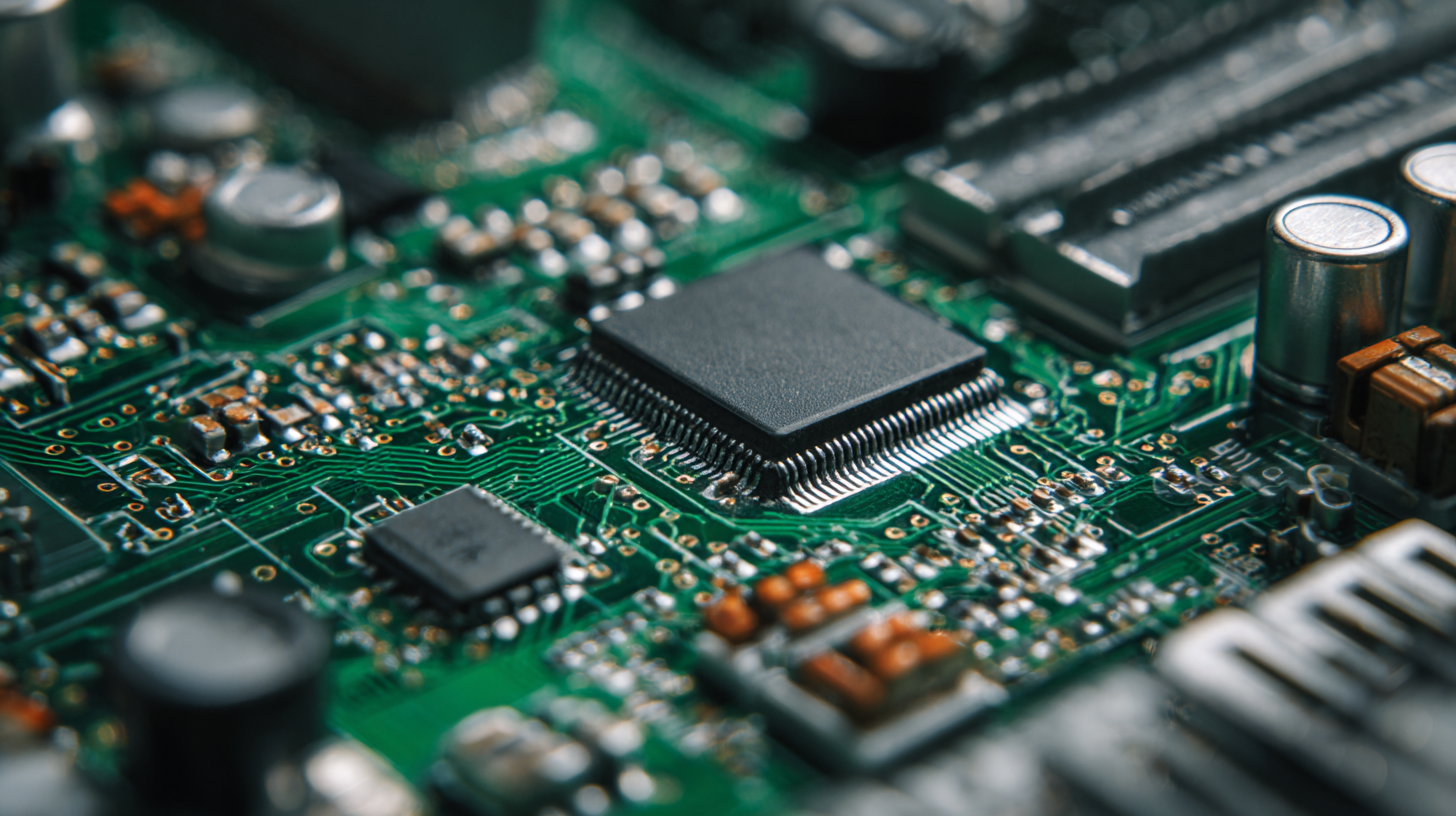
Related Posts
-
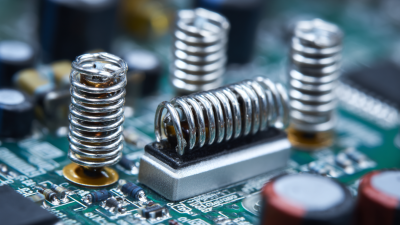
How to Optimize Electronic Resistors for Improved Circuit Performance and Reliability
-
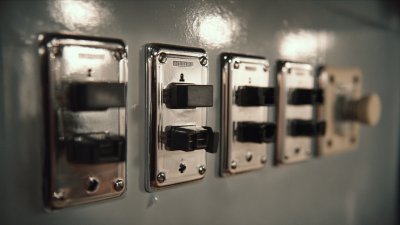
Understanding the Evolution of Electric Switches in Modern Technology
-

Why Electronic Capacitors Are Essential for Modern Electronics
-
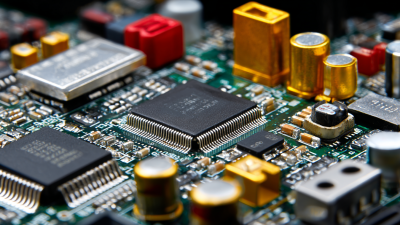
Maximize Efficiency: Top Trends in Electronic Components Purchase for 2024
-
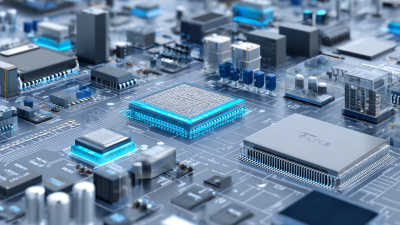
Navigating Trends in Electronic Components at the 138th Canton Fair 2025 in China
-
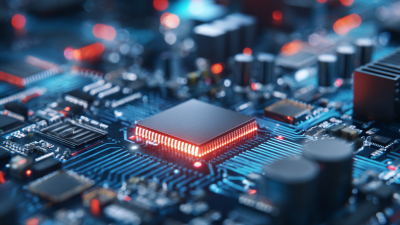
The Future of Smart Devices How Electronic Components Are Revolutionizing Technology
